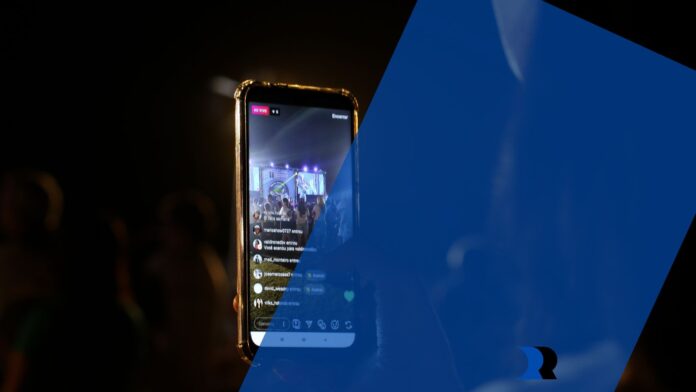Although it’s not new, live streaming has seen explosive growth in recent years. Due to technological development, platform proliferation, and shifting consumer tastes, live streaming has emerged as a powerful and lucrative medium for producing and watching content.
The revolutionary nature of video live streaming api begs the question: what is it, exactly? How do you increase your audience size, maintain their interest, and profit from what you broadcast in real time? How can I livestream effectively, and what are some best practices? We’ll answer these and other questions throughout this article. Let’s get started!
What Is Live Streaming, and Why Is It Revolutionary?
Streaming video and music in real time over the internet is called “live streaming.” Chat, comments, responses, polls, contributions, and other audience participation set live broadcasts apart from their prerecorded counterparts.
Compared to more conventional forms of media, live streaming has several advantages.
- Authenticity – Content producers can reveal their unique skills, ideas, and interests authentically and unscripted via live streaming. Since they don’t seem as staged or edited, live streams are more engaging and relevant to both the content provider and the audience.
- Accessibility – Content producers can now reach an international audience via live streaming without costly equipment, production teams, or distribution channels. Anybody can tune in to a live broadcast anytime and on any gadget. Archiving and rebroadcasting live feeds for later viewing or redistribution is also possible.

- Interactivity – Those who create material and those who watch it feel more connected to one another via live streaming. Viewers of a live broadcast can have a say in how that material is produced by providing input through questions, comments, suggestions, feature requests, votes, and more. In addition, producers can use live broadcasts to thank and reward viewers with shout-outs, prizes, and other incentives.
- Monetization – There are several opportunities for content providers to monetize their work in live streaming. Advertising, sponsorships, subscriptions, contributions, merchandise, e-commerce, and other methods can all be used to generate income from live broadcasts. Live broadcasts can also advertise the broadcaster’s other services and wares.
How to Leverage Live Streaming for Your Brand?
Live streaming can be an extremely effective method for increasing brand exposure, authority, loyalty, and money. However, live streaming needs strategy, preparation, and execution to reach your objectives. Here are some ideas for using live broadcasting for your brand:
Define Your Purpose
Before you begin live streaming, you should envision what you want to accomplish with your live broadcasts. What is your area of expertise? What is your intended audience? What value do you offer? What are you hoping to achieve? How will you define success?
Choose Your Platform
YouTube, Facebook, Instagram, Twitch, TikTok, and more sites provide live streaming services. Each platform has its features, perks, constraints, and demographics. You must research and evaluate several platforms to determine which best meets your requirements and objectives.
Create a Schedule
Building a following and a reputation in live streaming requires consistency. Planning when, how often, and how long you will live broadcast would be best.

It would help to share your timetable with your audience through social media postings, email newsletters, etc. You can also plan live broadcasts using Google Calendar or Streamlabs OBS.
Prepare Your Content
Although live streaming is unexpected and spontaneous, you still need structure and direction for your live broadcasts. Outline your primary subjects, ideas, and examples to create your material.
You should also prepare any materials or resources used during your live broadcast, such as presentations, photographs, videos, links, etc.
Promote Your Live Stream
To get more people to watch your live stream, you should market it before, during, and after it goes live. You can publicize your live stream subject, date, and time using social media posts, stories, adverts, hashtags, etc.
Engage With Your Audience
One of the primary benefits of live streaming is the engagement it provides. It will help if you interact with your audience by recognizing their existence, reading, and replying to their comments, asking and answering questions, running polls or surveys, awarding shout-outs or awards, and so on. You must also regulate your conversation and filter out spam or inappropriate posts.
Analyze and Improve
After your live broadcast, you must evaluate its performance and feedback. To measure data like views, watch time, chat activity, reactions, contributions, and so forth, you can use tools such as Google Analytics or Streamlabs OBS. You can use this data and feedback to assess the strengths and flaws of your live broadcast and enhance future live streaming.
Final Words
Live streaming is a novel method of generating and consuming information that provides several advantages and possibilities for content providers and users. Mux is a platform that can greatly help you manage your live-streaming content.
Content makers can use live streaming to demonstrate their authenticity, accessibility, engagement, and revenue possibilities. Viewers can also engage in the content development process and interact with the artist and other viewers through live streaming.


